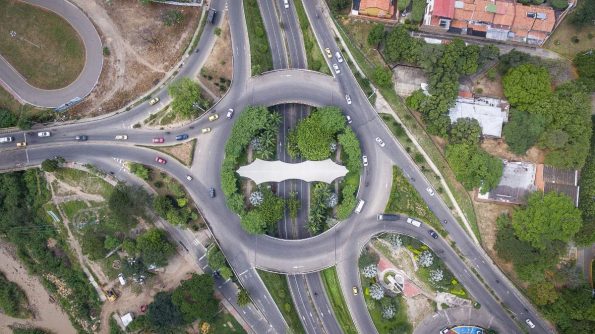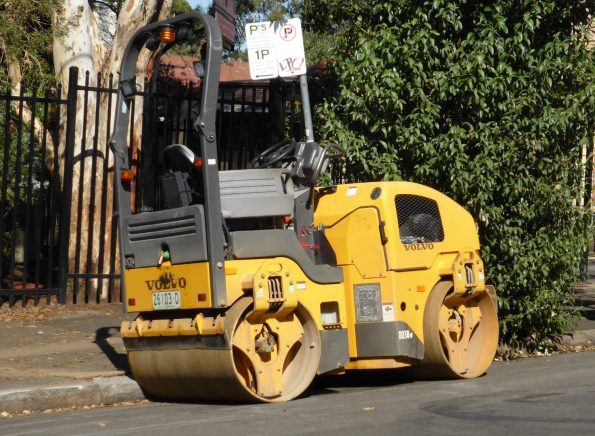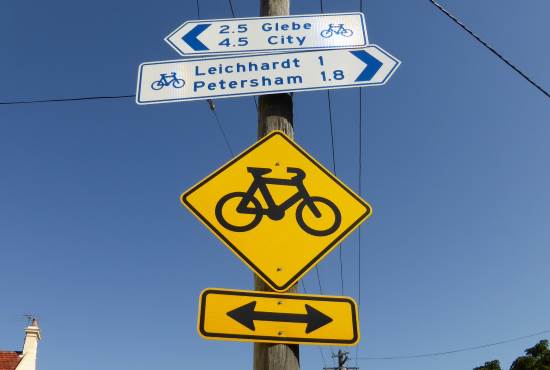Austroads publishes a document called Guide to Road Design, which you can find here. It covers everything that road authorities should consider when planning and building a road:
The objectives of new and existing road projects should be carefully considered to achieve the desired balance between the level of traffic service provided, safety, whole-of-life costs, flexibility for future upgrading or rehabilitation, and environmental impact. These objectives should address areas including:
- strategic fit with relevant government policies, strategies and plans
- the nature and magnitude of transport demand
- road safety to reduce death and serious injury to all road users
- community views and expectations
- travel times and costs
- freight costs
- public transport provision
- provision for cyclists and pedestrians.
Strategic fit
This considers whether the objectives support transportation outcomes required by governments and the community. Contributing factors are:
- Government policies – for example, the mix between public and private transport or where economic growth is desired
- Investment strategies – for example, the allocation of funding between different economic sectors and whether infrastructure should be expanded as opposed to demand managed
- Planning schemes – for example, how does this road fit in with connecting roads
- Network operation plans – for example, how to design the road for its operations
They help determine the function the road is required to perform within the road network.
Nature and magnitude of transport demand
Traffic estimates cover a period of 20-40 years so a road must be planned to carry the expected volume of traffic during that time. Future traffic flow is forecast in terms of absolute volume, volume per type of vehicle (e.g. heavy traffic vs light traffic) and time distribution (e.g. peak volumes vs off-peak volumes)

Will this roundabout cope with traffic flows for the next 20 years?
Road safety
Roads are designed within the ‘safe system’ to minimise traffic casualties. The aim is to construct a road that is forgiving of errors by road users. If a crash does occur it should be at a low enough speed that the road users do not risk serious injury or death.
The safe system leads to standardised road layouts that are easy to understand, i.e. there are no surprises for people using them.
Community views
Community views change over time and they are generally self-interested, which is understandable as the road directly affects them. Particular stakeholders will have differing requirements. For example, a local freight company which relies on timely deliveries may want a higher speed limit while a local school may want it to be lower.
Residents will be concerned about noise, visual pollution, air pollution, destruction of cultural heritage and upheaval while the road is being constructed. In some cases, residents can ask for decades to have a particular problem fixed.
Travel times
Locations can be selected to help reduce travel times as much as possible. A reduction in travel time generally results in happier residents and better fuel consumption.
Roads are constructed so that they are as easy to maintain as possible as not to cause travel delays.

Travel delays because of roadworks are a major frustration for drivers
Freight costs
Freight costs are related to travel times but also whether the road is accessible for heavy vehicles. If the route is an important freight corridor, longer overtaking lanes, the location of services such as fuel stations and the steepness of any gradients may be planned.
Public transport
With new road construction comes opportunities to improve public transport to increase the longevity of the road. This might include reserving areas for bus and cycle lanes or park-and-ride areas.
Cyclists and pedestrians
Cyclists and pedestrians need a safe zone to be co-users of the road. Clearly separating vehicle and pedestrian activity is the safest option when dealing with roads with higher speeds. However, in some cases, it can be beneficial to have shared zones with a much lower speed limit.

Cycle lanes, cycle routes and shared pedestrian/cycle paths help reduce traffic
The positioning and timing of crossing points must be considered.
